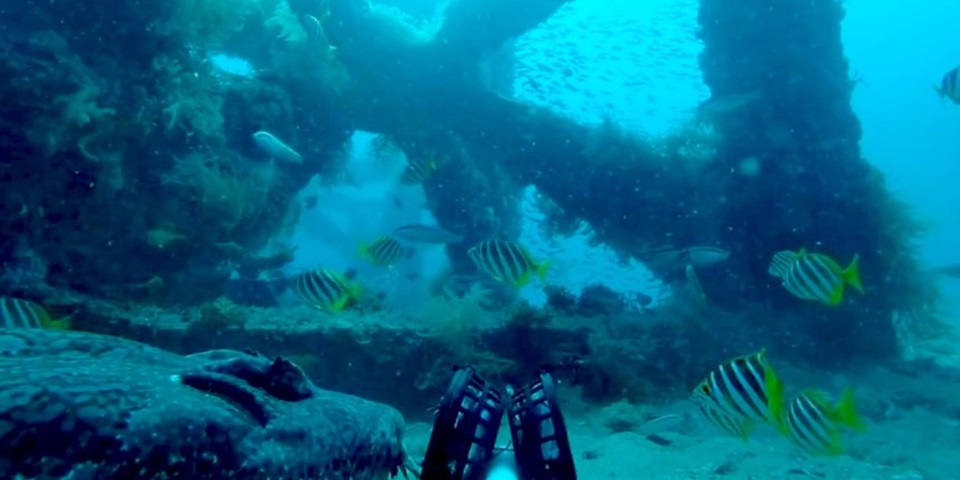News
Fishers can provide vision for artificial reefs

Recreational fishers in Western Australia can help scientists monitor the artificial reefs located off the coast to ensure they are supporting marine life effectively.
Murdoch University researchers are looking for volunteers to drop and retrieve Baited Remote Underwater Video Systems (BRUVS) on artificial reefs located off Mandurah, Bunbury and Dunsborough for the Reef Vision project.
The footage collected will then be analysed by the researchers to see what species the reefs are capable of supporting, and how their abundance and diversity changes as the reefs grow and develop.
Project leader Dr James Tweedley from Murdoch University said fishers could drop off the BRUVS on their way to and from fishing spots. On their return home they simply needed to download the footage and send it back to the Reef Vision team.
“These reefs are designed to benefit recreational fishers by concentrating the species they want to catch like pink snapper, trevally and samson fish,” he said.
“But the only way we can check they are working for them is by monitoring them. The Reef Vision project is a cost-effective way of involving the community in this endeavour.”
Reef populations
The Mandurah artificial reef was deployed in April 2016, while the reefs in Geographe Bay near Dunsborough and Bunbury were positioned in 2013. Each reef is made up of 30, 10 tonne concrete modules placed in groupings of five.
Using the BRUVs, citizen scientists monitored the reefs in Geographe Bay from October 2015. The footage collected helped Murdoch researchers identify more than 30,000 individual animals from 83 different species including sharks, rays, molluscs and even a turtle.
“We now want to see how populations on these reefs have grown and developed since the last monitoring period, and compare these reefs to the newer Mandurah ones,” Dr Tweedley said.
“It is important to understand how the reefs are modifying the environment and fish stocks, so that we can make design improvements to future artificial reefs.”
The Mandurah reef was solely paid for by the recreational fishing community with licence fees, through the Recreational Fishing Initiatives Fund (RFIF). The Bunbury and Dunsborough reefs were paid for by the RFIF as well as the Royalties for Regions scheme.
Reef Vision is run by Recfishwest in partnership with Murdoch University, the Department of Primary Industries and Regional Development (DPIRD) and is being funded through the RFIF with support from Tackle World Miami.
To find out more about volunteering for the project, contact Dr Tweedley on j.tweedley@Murdoch.edu.au.
News
Fishers can provide vision for artificial reefs
Posted on
Topics